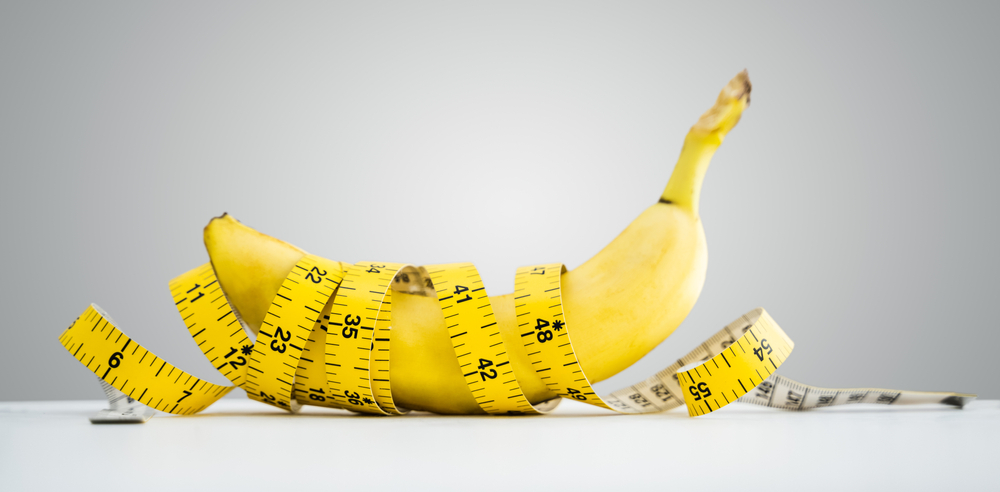How does Prostate Cancer affect Men Health
One of the most challenging news for a health professional is breaking the news to a client who has been diagnosed with cancer; it becomes more difficult for the client to comprehend the entire information shared with them. For most people who have the disease, their initial reaction is being shocked, confused, and lost in their present physical environment. However, despite having been diagnosed with the disease, it is more helpful if they are ready to accept the news to enable them to cope with the condition easily. This article will have basic information about prostate cancer, its development, and its stages.
What is prostate? Prostate refers to a firm, partly muscular chestnut-sized gland in males at the neck of the urethra; this gland is capable of producing a viscid secretion which is the fluid part of semen.
Cancer begins to form around this gland when the healthy cells located within the prostate start to change and grow out of control; this leads to the formation of a tumor (a mass), which can either be cancerous or non-cancerous. Some forms of prostate cancer can be able to grow faster than others, and some can show some form of symptoms and signs, while others do not.
In some cases, the cancer cells can move in a system of the body and spread to other body parts; the first of these parts likely to be affected by the disease is the lymph nodes. Other parts include the lungs, bones, and liver. Despite this being the case, prostate cancer is a bit different than other types of cancers, more often than not. This is because this form of cancer does not move outside the gland, and in case they do, it can be easily treated to increase the chances of living a good quality life for years following after being diagnosed with the disease.
Stages of Prostate Cancer
The grouping of cancer according to different stages of diagnosis helps understand and describe the exact location of the disease, probability of it spreading, and if it has been able to affect other parts of the body. In addition, grouping this disease into different stages helps health professionals develop the most appropriate method of treating the disease. For example, prostate cancer is grouped1 into five, namely.
- Stage I. This is the earliest stage of the disease and is usually a slow pace of abnormal growth of the prostate cells. In this stage, the cancer cells mostly look like healthy cells and are found on one side of the gland.
- Stage IIA, IIB, and IIC. This stage describes a type of tumor which is usually small in size and can easily not be seen or felt. In this stage, the cancer is not found outside the gland. However, the cells usually appear to be less healthy than other cells, and one has a chance of these cells increasing in number and spreading. In this stage, the cancer cells are still within the prostate and have not moved to other parts of the body, near or further in the distance.
- Stage IIIA, IIIB, and IIIC. This stage of the disease describes a scenario where the tumor has affected the gland, and it has begun to move to nearer body parts surrounding the prostate, including tissues, glands that assist in forming semen, and the rectum.
- Stage IVA and IVB. This stage of the disease describes a scenario where the tumor has begun to spread to other parts of the body, such as the lymph nodes. This form of cancer is called metastatic prostate cancer.
- Recurrent. This stage or form of cancer refers to the type of cancer that comes back after undergoing treatment. What you need to know about this form of cancer is that it can return to the same area that was affected before treatment or start growing in a different area within the body.
Signs and Symptoms of Prostate Cancer
Most cases of prostate cancer are usually discovered early; this is possible due to procedures such as screening2. Despite this, it is essential for men to know that early signs and symptoms of the disease are absent. However, as the disease progresses in different stages, these symptoms begin to display themselves.
- Challenges with short calls. This can be in the form of a weak urine stream and an increase in the frequency of the urge to use the bathroom, especially at night.
- Spotting blood or semen in urine.
- Challenges in having an erection.
- Having pain in the backside, chest, pelvic arch, or others of the body where cancer has spread and grown.
- Developing a feeling of numbness in the lower limbs.
- Loss of one's bowel control.
How to Prevent Prostate cancer?
Although there are no certain ways to prevent this disease because factors that increase your risks, such as age, family history, race, cannot be controlled. Still, there are things you can do to reduce your risk of having prostate cancer. According to the American Cancer Society, here are some things you can do to minimize your risk.
Lifestyle modifications
Improving your lifestyle through the following:
- Maintaining a healthy weight; being overweight or obese increases your risk of developing prostate cancer. Also, being physically active helps you remain healthy and lose extra fats.
- Eating healthier; consuming high-quality foods such as whole grains, rainbow fruit, and vegetables, reducing intake of red and processed meats, avoiding or cutting down sugar and sweetened beverages, and highly processed foods.
- Taking essential supplements; Taking vitamins and minerals such as Vitamin E or selenium may reduce your risk. However, you should speak with your health care provider before going ahead.
Medicines
Some drugs may help lower your risk of prostate cancers. Examples of such medications are;
- Aspirin, daily intake may help lower the risk of the disease; but long time use can have side effects.
- 5-alpha reductase inhibitors are an enzyme in the body that changes the hormone (testosterone) that makes the prostate grow into dihydrotestosterone (DHT). The side effects of this are; it reduces sexual urge and can lead to erectile dysfunction.
Written by: Jackson Omanwa







Comments (0)